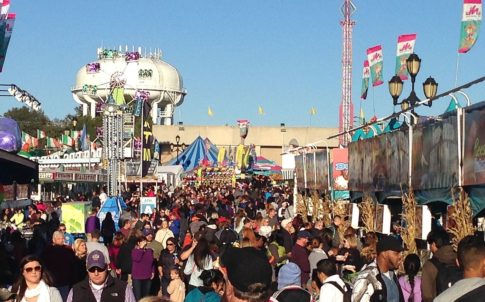2020 Census response rates in NC by contact strategy

The coronavirus pandemic has already affected 2020 Census operations in a variety of ways. Earlier this month, the Census Bureau announced that it would delay the start of its field operations – hiring and training workers to go to households – for two weeks, until April 1.
This post looks at response rates by type of enumeration area (how the Bureau planned to contact households and invite them to respond to the Census) to understand how these changes might influence some of the patterns we are seeing in North Carolina.
As of April 5:
There are notable gaps in response rates across the state: more than half of households in Orange (51.3%), Union (50.6%), and Wake (50.2%), the highest-responding counties, had completed the 2020 Census as of April 5.
This was more than three times the rate in Graham (15.5%) and Avery (16.2%), the lowest-responding counties. Fieldwork operational changes due to the coronavirus pandemic likely contribute to these gaps.
The suspension of field operations due to COVID-19 means that the Census operation Update Leave – which sends Census workers door-to-door households where residents are unlikely to receive mail at home – has not yet started, so these households have not yet received an invitation to complete their Census forms. Statewide, just 2.3% of housing units will be counted through Update Leave. In the bottom five responding counties, this share ranges from 25% in Avery to 45% in Swain; in the top five responding counties, this proportion ranges from 0.1% in Orange to 4.6% in Chatham.
While householders can respond online with a non-ID response, national reporting from CUNY indicates a strong relationship between Update Leave enumeration areas and lower self-response rates. These patterns are similar in North Carolina.
In census tracts where the dominant contact strategy was Update Leave:
In the “Internet First” contact strategy, the Bureau provided an invitation to complete the census online but no paper questionnaire. This is how an estimated 72% of NC households will be invited to respond to the census. In communities where at least 20% of households speak Spanish as their primary language at home, households received bilingual English/Spanish materials (about 21,200 households statewide). In all other Internet First tracts, the materials were only in English.
In both English and Bilingual Internet First communities, nearly all responses (98-99%) were online, but there was a large gap in overall response. The Internet First English tracts have overall response rates 2.1 percentage points above the state average of 41.7%; Internet First Bilingual tracts are 11.3 percentage points below the state average response rate.
In the “Internet Choice” contact strategy, the Census Bureau sent households an invitation to respond online as well as a paper questionnaire. This is the contact strategy used to reach about 25% of NC households. Communities received either an English questionnaire or a bilingual Spanish-English invitation; about 42,200 NC households will receive a bilingual questionnaire.
In both types of internet choice tracts, responses were roughly evenly split between mail/phone and online. While there was still a gap between the English and bilingual tracts, this gap was smaller than the gap observed among Internet First tracts. Notably, among bilingual tracts, Internet Choice tracts had higher overall response rates than Internet First tracts.
Statewide, at the census tract level as of April 5:
Across North Carolina’s 2,195 census tracts, 4 are predominantly Asian, 15 are predominantly American Indian, 53 are predominantly Hispanic, 367 are predominantly black, and 1,756 are predominantly white (non-Hispanic). The low average response rate in predominantly tracts is also reflected in the lower average response rates among Internet First-Bilingual and Internet Choice-Bilingual tracts.
Need help understanding population change and its impacts on your community or business? Carolina Demography offers demographic research tailored to your needs.
Contact us today for a free initial consultation.
Contact UsCategories: Carolina Demographics, Census 2020

The Center for Women’s Health Research (CWHR) at the University of North Carolina School of Medicine released the 12th edition of our North Carolina Women’s Health Report Card on May 9, 2022. This document is a progress report on the…

Dr. Krista Perreira is a health economist who studies disparities in health, education, and economic well-being. In collaboration with the Urban Institute, she recently co-led a study funded by the Kate B. Reynolds Foundation to study barriers to access to…

Our material helped the NC Local News Lab Fund better understand and then prioritize their funding to better serve existing and future grant recipients in North Carolina. The North Carolina Local News Lab Fund was established in 2017 to strengthen…
Your support is critical to our mission of measuring, understanding, and predicting population change and its impact. Donate to Carolina Demography today.